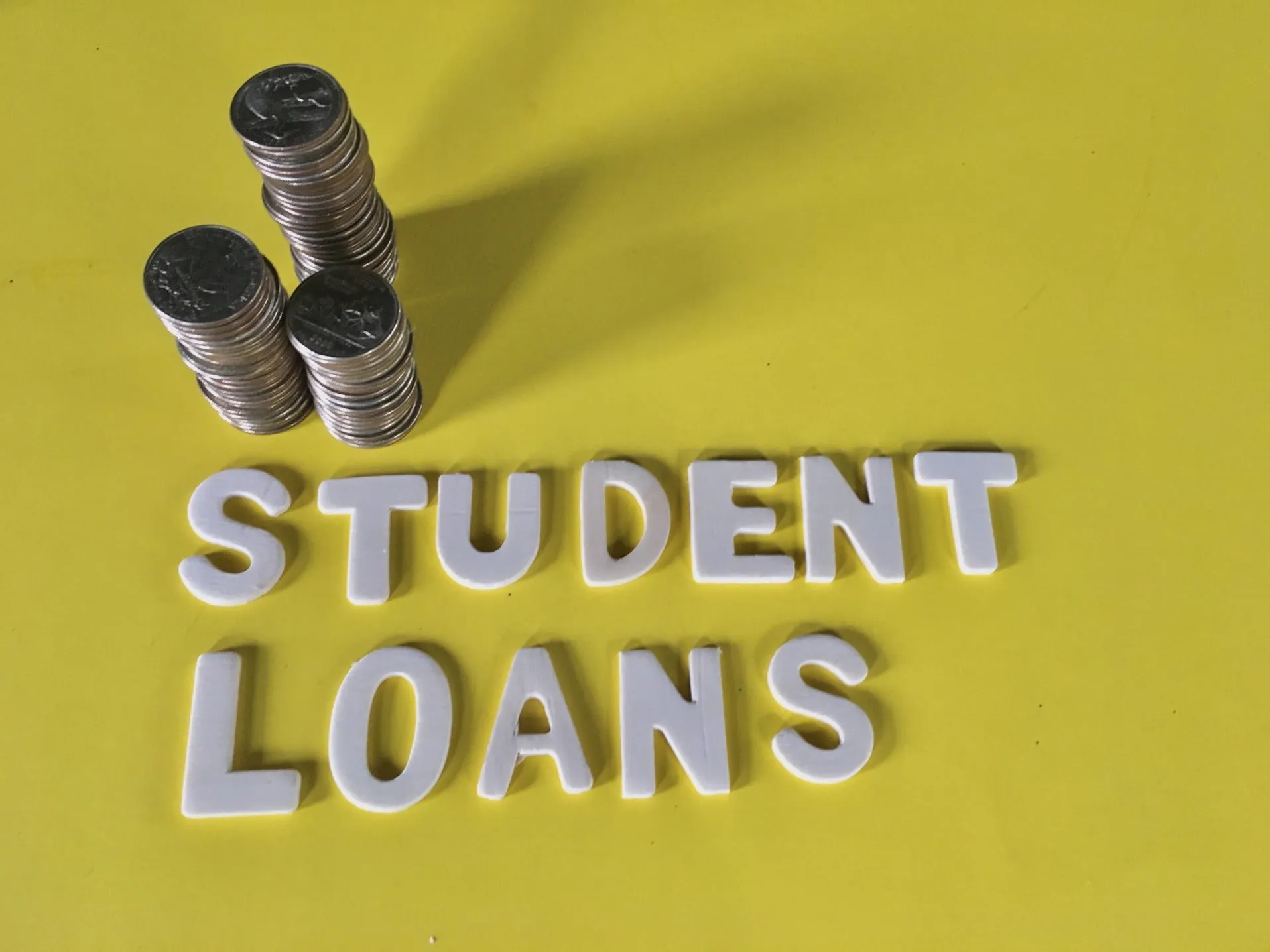The fastest way to pay off student loans is to pay more than the minimum each month. The more you pay toward your loans, the less interest you’ll owe and the quicker the balance will disappear.
1. Make extra payments toward the principal
There’s no penalty for paying off student loans early or paying more than the minimum. But there is a caveat with prepayment: Student loan servicers, which collect your bill, may use your extra payment to advance your due date — applying the extra amount to next month’s payment.
Advancing a student loan due date won’t help you pay off student loans faster. That’s because your extra payment will first go to any late fees and then accrued interest before hitting your principal. Instead, instruct your servicer either online, by phone or by mail to apply overpayments to your principal balance and to keep next month’s due date as planned.
You can make an additional payment at any point in the month, or you can make a lump sum student loan payment on the due date. Either strategy can save you a lot of money.
For example, let’s say you owe $10,000 with a 4.5% interest rate. By paying an extra $100 every month on a standard 10-year repayment plan, you’d be debt-free about five and a half years ahead of schedule.
2. Refinance if you have good credit and a steady job
Refinancing replaces multiple student loans with a single private loan, ideally at a lower interest rate. To speed up repayment, choose a new loan term that’s less than what’s left on your current loans.
Opting for a shorter term may increase your monthly payment. But it will help you pay the debt faster and save money on interest.
For example, refinancing a $50,000 student loan with an 8.5% interest rate and 10-year term to 6% interest on a seven-year term would save you roughly $15,000 — but your monthly payment would increase by about $87.
3. Enroll in autopay
Signing up for autopay is another way to lower your student loans and interest rates so that more of your money goes toward your principal balance.
Federal student loan servicers offer a quarter-point interest rate discount if you let them automatically deduct payments from your bank account. Many private lenders offer an auto-pay deduction as well.
The savings from this discount will likely be minimal — dropping a $10,000 loan’s interest rate from 4.5% to 4.25% would save you about $144 overall, based on a 10-year repayment plan. But used with some of the above strategies, it can still help pay off student loans fast.
Contact your servicer to enroll or find out if an autopay discount is available.
4. Make biweekly payments
A bi-weekly payment is paying half of your student loan bill every two weeks instead of making one full monthly payment.
You’ll end up making an extra payment each year, shaving time off your repayment schedule and dollars off your interest costs. Use a biweekly student loan payment caluculator to see how much time and money you can save.
5. Pay off capitalized interest
Unless your loans are subsidized by the federal government, interest will accrue while you’re in school, during your grace period and during periods of deferment and forbearance. That interest capaitalizes when repayment begins, which means your balance grows, and you’ll pay interest on a larger amount.
Consider making monthly interest payments while it’s accruing to avoid capitalization. Or make a lump-sum interest payment before your grace period or postponement ends. That won’t directly speed up the payoff process, but it will mean a smaller balance to get rid of.
6. Stick to the standard repayment plan
The government automatically puts federal student loans on a 10 years repayment timeline. unless you choose differently. If you can’t make extra payments, the fastest way to pay off federal loans is to stay on that standard repayment plan.
Federal loans offer income driven repayment plans, which can lower your monthly payment but also extend the payoff timeline to 20 or 25 years. You can also consolidate student loans, which stretches repayment to a maximum of 30 years, depending on your balance.
If you can avoid these options and stick with the standard plan, it will mean a quicker road to being debt-free.
7. Use ‘found’ money
If you get a raise, a student loan refinance bonus or another financial windfall, try to allocate at least a portion of it to your loans.
You can also look to your employer. Some companies pay off student loans as an employee benefit. Find out if your company offers an employer student loan repayment programe and ask how to enroll.
start side hustle to increase your income and pay off student loans faster. Sell items like clothing, unused gift cards or photos; rent out your spare room, parking spot or car; or use your skills to freelance or consult on the side.
If you need help finding extra money to put toward your student loans, consider Money saving apps like Digit and Qapital, that help you save consistently with minimal effort on your part.
FAQ Questions and answers
Make extra payments toward your loan principal whenever possible to reduce the balance quicker and save on interest costs.
Instruct your loan servicer to apply overpayments directly to your principal balance to expedite loan repayment.
Autopay often offers a small interest rate reduction, allowing more of your payment to go toward paying off the principal balance.
Paying off capitalized interest reduces the overall loan balance, helping you pay down the principal faster.
The standard repayment plan typically spans 10 years and results in quicker loan payoff compared to longer-term repayment options.
